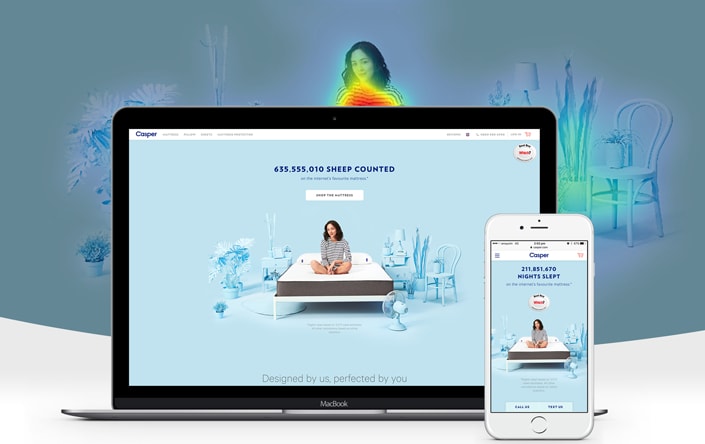As online marketers, we often hear our clients ask: “Is my conversation rate good or bad?” While the question itself is rather simple, the fact is that a lot goes into determining a good conversion rate. There are six basic elements that make up a good conversion rate. They are:
- Your Traffic Source
- Your Cost For Traffic
- Different Conversion Types
- Your Maximum Cost Threshold
- Your Sales Conversions
- The Desired Level of Sales
To understand each of these different aspects that make up a good conversion rate, let’s look at each one in more detail.
Your Traffic Source
Traffic comes into your website from many different sources on the web. A Pay-Per-Click (PPC) campaign will bring specifically targeted traffic to your online offers in ways that can guarantee a higher conversion rate, then just a banner ad. Banner ads may be served up to anyone, not necessarily those looking for your particular products or services like what happens in a PPC campaign. Thus the quality of the traffic source can impact your conversions more than the amount of traffic.
Your Cost For Traffic
Most of the time, you get what you pay for when it comes to traffic. High-converting traffic from a PPC campaign costs more to implement than a banner ad, but that’s because you get better results. Depending on what channels you set up and how much is in your budget, you may be stuck with lower-converting channels until you ramp up your advertising budget.
Different Conversion Types
To get your traffic to convert, you have to put out tempting offers. If you put out an offer for a free report, you’ll get more conversions than if your offer is for filling out a form for a free consultation. However, a sale from an ecommerce store has a lower conversion rate than the free consultation form offer. In general, the easier it is for a visitor to take action, the more likely you will convert them into a viable marketing lead or a sale. If you want to increase conversions, create more than one offer type so that you can get both marketing leads from those not ready to buy yet, while also getting sales from your hottest prospects with other offers.
Your Maximum Cost Threshold
The Cost Per Action (CPA) will tell you if you are hitting a threshold in spending. CPA allows you to calculate the cost per conversion based on any one conversion type. Assume you put out a report offer and spend $100 to create the report. If 5 people download it, you now have converted 5 visitors into viable marketing leads. The cost per conversion is the total budget divided by the number of conversions ($100/5), which would be $20 per conversion. If your time is worth $100 per hour and you offer one free hour consultation, you can only serve one person and thus your CPA would be $100 for the free consultation. If that’s too high a threshold for a conversion, you may want to opt for a different type of conversion.
Your Sales Conversions
At some point, you’ll want to make sure even those marketing leads you gathered convert into buyers, also known as the sales conversion rate. The sales conversion rate helps you figure out if it is worth it to spend more money creating offers in a specific type or move to something different. If you were to investigate the sales conversion rate for a free consultation versus a free report, you would find that the CPA is much higher for a free consultation while the sales conversion rate is also higher. So, it can make sense to offer free consultations to generate sales, even when it costs you more than a free report.
The Desired Level of Sales
The whole point of being in business online is to generate sales. At the beginning, you might be more interested in SEO or PPC because it brings in targeted, quality, traffic with good conversion rates. Later, as you have more income from the business, you might decide to generate more exposure with lower cost channels to generate a wider audience, and thus more sales, from other strategies.
What Makes Up a Good Conversion Rate?
Your competition will determine whether you have a good enough conversion rate or not. Very aggressive competitors will force you to have a higher conversion rate to be able to compete successfully. If you aren’t making sufficient profit to compete successfully or even keep the business open without a loss, then you may need to look at other factors that can also contribute to your conversion rate, like your website design or a lack of measurement through split-testing. If, however, you’re satisfied with your profits, then you probably can boast of a good conversion rate.




Hey!
It looks like you're browsing in . Would you like to switch over to the website?